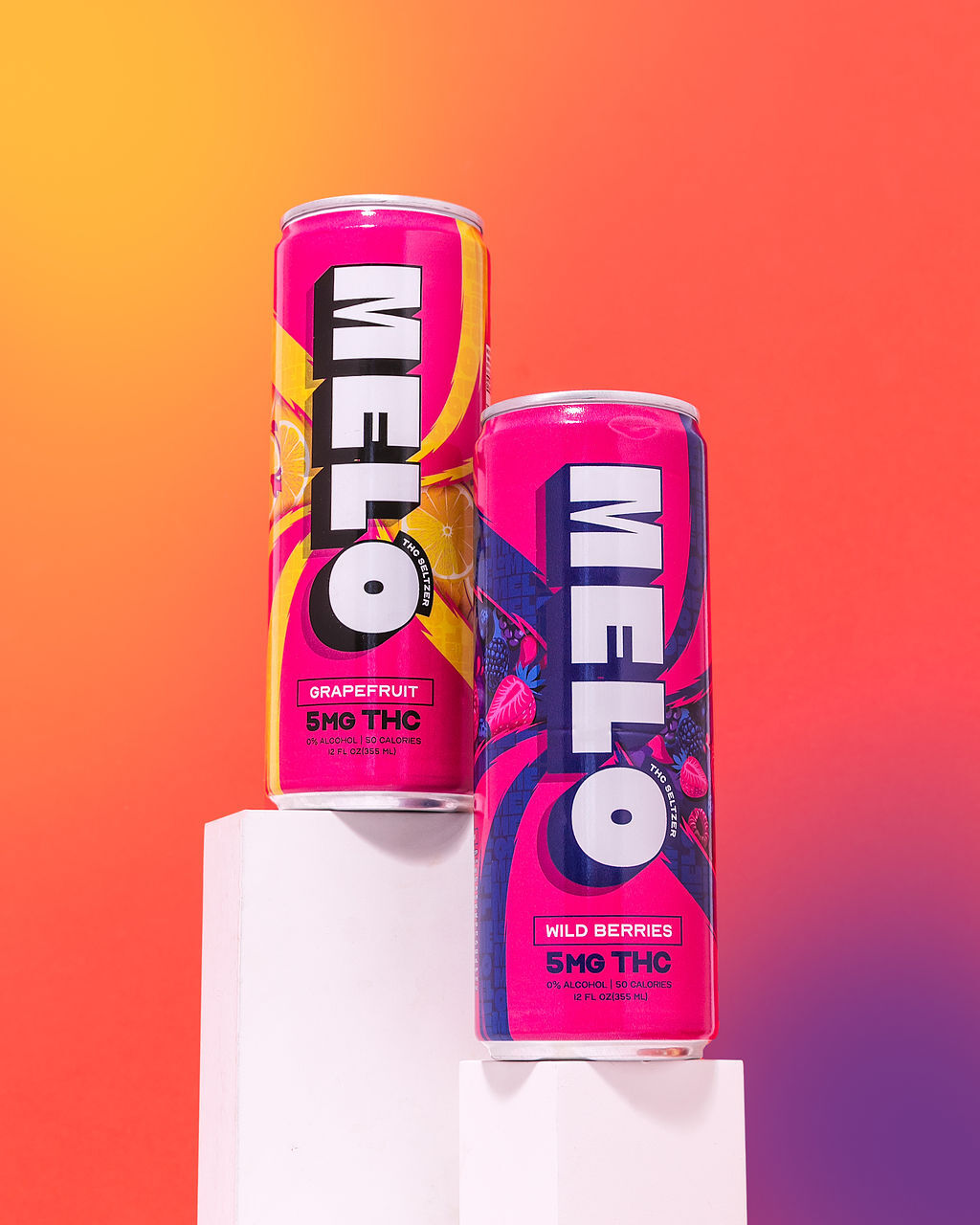Cultivation Impacts
The burgeoning cannabis industry, particularly its expansion into novel product forms like THC-infused drinks, raises crucial questions about its environmental footprint. From the cultivation practices used to grow the plants to the manufacturing processes involved in producing these beverages, each stage presents potential impacts on ecosystems and resources.
Land Use
Cultivation of cannabis for THC beverage production can significantly impact land use and associated ecosystems. Large-scale cultivation often requires clearing forests or other natural habitats, leading to habitat loss and fragmentation. Intensive monoculture farming practices can deplete soil nutrients, increase erosion, and reduce biodiversity. Moreover, the use of pesticides and fertilizers in cannabis cultivation can contaminate water sources and harm wildlife.
The production of THC drinks itself also contributes to environmental impacts. Manufacturing processes involve energy consumption for heating, cooling, mixing, and packaging. Additionally, the use of disposable bottles or cans for packaging adds to waste generation.
Water Usage
Water usage is a significant concern throughout the lifecycle of THC beverage production. Cannabis cultivation is particularly thirsty, requiring substantial amounts of water for irrigation, especially in arid or semi-arid regions. This can strain local water resources, impacting both ecosystems and communities reliant on these water sources.
Pesticide and Fertilizer Runoff
The widespread application of pesticides and fertilizers in cannabis cultivation poses a serious threat to water quality. When rainfall or irrigation washes these chemicals into nearby rivers, lakes, and groundwater, they contaminate aquatic ecosystems and can harm fish, amphibians, and other organisms. Fertilizer runoff also contributes to algal blooms, which deplete oxygen levels in water bodies, leading to fish kills and disrupting the delicate balance of aquatic life.
Moreover, pesticide residues can persist in the soil for extended periods, leaching into groundwater and potentially contaminating drinking water sources. The use of synthetic pesticides can also have harmful effects on beneficial insects, pollinators, and other wildlife that are essential for maintaining healthy ecosystems.
Greenhouse Gas Emissions
Greenhouse gas emissions are a significant environmental concern associated with the production of THC drinks. Cultivation practices contribute to emissions through activities such as land clearing, which releases carbon dioxide stored in vegetation. Additionally, the use of fossil fuels for machinery and transportation throughout the cultivation process generates greenhouse gases.
Manufacturing THC drinks also contributes to emissions. Energy-intensive processes like heating, cooling, and mixing require electricity or natural gas, both of which release greenhouse gases when burned. Packaging materials, particularly those derived from petroleum, contribute further to emissions through their production and transportation.
Transportation of cannabis products from cultivation sites to processing facilities and ultimately to consumers also adds to the carbon footprint. Road transport, in particular, is a major source of greenhouse gas emissions.
Manufacturing Process Impacts
The expanding market for THC-infused beverages brings environmental concerns that demand attention. From the initial growth of cannabis plants to the manufacturing processes used to create these drinks, each stage presents potential impacts on the planet’s resources and ecosystems.
Energy Consumption
Manufacturing processes significantly impact energy consumption in the production of THC drinks. Heating, cooling, mixing, and packaging all require energy, often sourced from fossil fuels, which release greenhouse gases. The type of equipment used and its efficiency play a role, as do factors like transportation distances for raw materials and finished products.
Adopting more sustainable practices can mitigate these impacts. Investing in energy-efficient machinery, utilizing renewable energy sources, optimizing production processes to reduce energy waste, and exploring eco-friendly packaging options are crucial steps toward minimizing the environmental footprint of THC beverage manufacturing.
Waste Generation
The manufacturing process for THC drinks contributes significantly to waste generation. Single-use bottles or cans used for packaging create a substantial amount of landfill waste. Moreover, the production process itself generates byproducts and waste materials that require proper disposal or recycling.
Reducing waste in THC beverage manufacturing requires a multifaceted approach. Implementing closed-loop systems to recycle water and other resources used in production can minimize waste generation. Exploring alternative packaging materials, such as biodegradable or compostable options, can reduce reliance on traditional single-use plastics.
Promoting reusable containers for THC drinks could also significantly decrease packaging waste. Encouraging consumers to return empty containers for refills or incentivizing the use of refillable systems can further minimize waste associated with beverage consumption.
Solvent Usage
Solvent usage in the manufacturing process of THC drinks presents several environmental concerns. Many solvents used in extraction and processing, such as butane or ethanol, can be volatile organic compounds (VOCs) that contribute to air pollution when released into the atmosphere.
The production, transportation, and storage of these solvents also require energy and can generate greenhouse gas emissions. Moreover, improper handling or disposal of solvents can lead to soil and water contamination, posing risks to ecosystems and human health.
Sustainable alternatives to traditional solvents are gaining traction in the cannabis industry. Water-based extraction methods, supercritical CO2 extraction, and other emerging technologies offer promising solutions for reducing solvent usage and minimizing environmental impacts.
Packaging and Distribution
The burgeoning cannabis industry, particularly its expansion into novel product forms like THC-infused drinks, raises crucial questions about its environmental footprint. From the cultivation practices used to grow the plants to the manufacturing processes involved in producing these beverages, each stage presents potential impacts on ecosystems and resources.
Materials Used
Packaging plays a crucial role in the distribution of THC drinks, impacting both efficiency and environmental sustainability.
Materials commonly used for packaging THC drinks include glass, aluminum cans, plastic bottles, and cartons.
Glass offers excellent barrier properties, protecting the product from light and oxygen degradation. However, it is heavier and more fragile than other options, increasing transportation costs and potentially leading to breakage.
Aluminum cans are lightweight and recyclable, making them a relatively environmentally friendly choice. However, their production requires significant energy.
Plastic bottles offer a lightweight and inexpensive option but raise concerns about plastic pollution and the finite nature of fossil fuels used in their production.
Cardboard cartons, often used for larger format THC beverages, are biodegradable and recyclable, making them a more sustainable choice than plastics.
Transportation Emissions
Packaging plays a crucial role in the distribution of THC drinks, impacting both efficiency and environmental sustainability. Materials commonly used for packaging THC drinks include glass, aluminum cans, plastic bottles, and cartons. Glass offers excellent barrier properties, protecting the product from light and oxygen degradation. However, it is heavier and more fragile than other options, increasing transportation costs and potentially leading to breakage.
Aluminum cans are lightweight and recyclable, making them a relatively environmentally friendly choice. However, their production requires significant energy. Plastic bottles offer a lightweight and inexpensive option but raise concerns about plastic pollution and the finite nature of fossil fuels used in their production. Cardboard cartons, often used for larger format THC beverages, are biodegradable and recyclable, making them a more sustainable choice than plastics.
Transportation emissions associated with THC drink distribution contribute significantly to the overall environmental impact. The movement of ingredients from cultivation sites, manufacturing processes, and the delivery of finished products to consumers all generate greenhouse gas emissions, primarily from road transport.

Minimizing transportation emissions requires a multi-pronged approach. Optimizing logistics to reduce unnecessary trips and distances can significantly lower emissions. Utilizing alternative transportation methods like rail or waterways for longer distances, where feasible, can also help. Furthermore, promoting local production and distribution networks can minimize the need for long-distance transportation.
End-of-Life Considerations
The burgeoning cannabis industry, particularly its expansion into novel product forms like THC-infused drinks, raises crucial questions about its environmental footprint. From the cultivation practices used to grow the plants to the manufacturing processes involved in producing these beverages, each stage presents potential impacts on ecosystems and resources.
Disposal Challenges
End-of-life considerations for THC drinks present unique challenges due to the presence of cannabis compounds. Unlike traditional beverage containers, disposal methods must address both the packaging material and any residual THC content.
Improper disposal of THC-infused beverages can lead to contamination of soil and water sources. Leaking or discarded containers can release THC into the environment, potentially impacting wildlife and ecosystems.

Regulations regarding the disposal of cannabis products vary widely depending on location. Some jurisdictions may require specialized disposal methods for THC-containing waste, while others treat it like regular household waste.
Raising consumer awareness about responsible end-of-life practices is crucial. Educating consumers on proper disposal methods, such as separating containers from other recyclables or using designated cannabis waste collection programs, can minimize environmental contamination.
Potential for Biodegradation
The potential for biodegradation of THC drink packaging varies depending on the materials used. Glass, aluminum, and some types of plastic are recyclable and can be reprocessed into new products. However, they do not readily biodegrade in landfills or the environment. Cardboard cartons made from biodegradable materials can decompose over time, but the presence of cannabis compounds may hinder the process.
Research into biodegradable and compostable packaging solutions specifically designed for THC-infused beverages is ongoing. These innovations could offer more sustainable end-of-life options, reducing reliance on landfills and minimizing environmental impact.
Buy high-quality THC-infused drinks for a mellow experience
- How Painful Is Nasolabial Filler? - May 12, 2025
- The Environmental Impact Of Producing THC Drinks - May 12, 2025
- How CBD Gummies Can Improve Your Mental Health And Well-Being - May 12, 2025